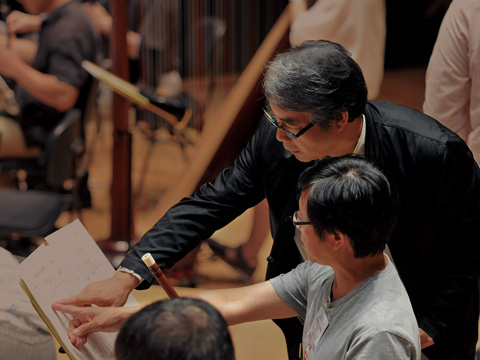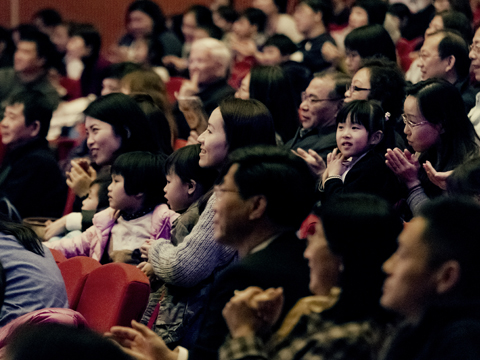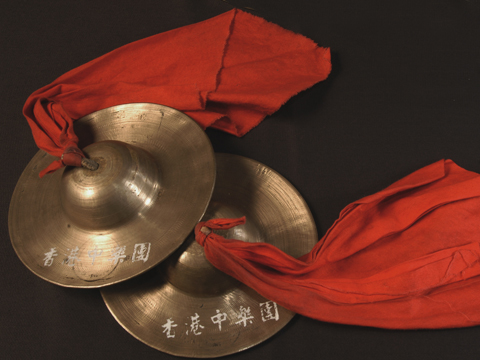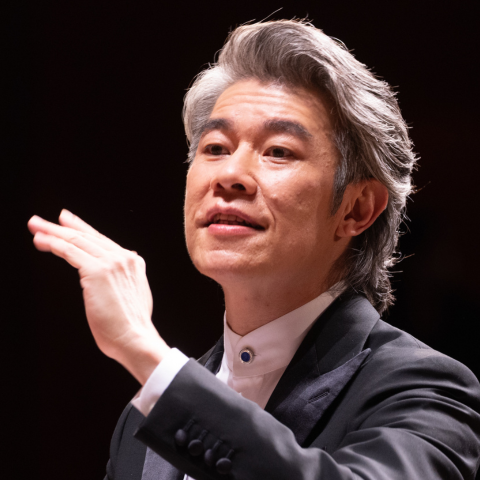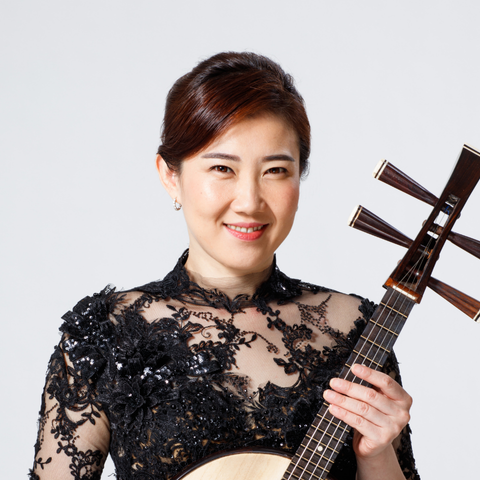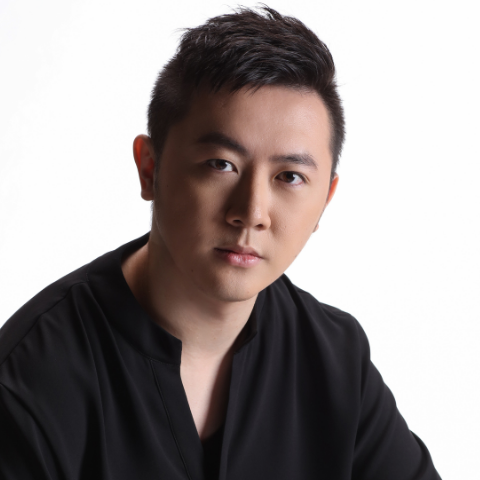
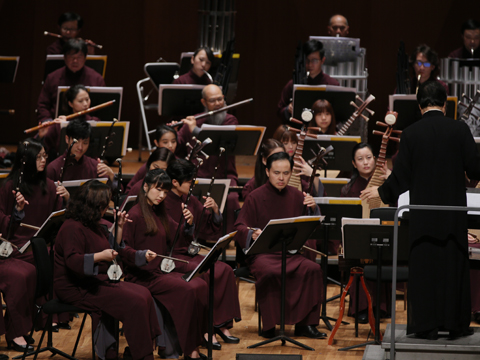
HKCO
Hong Kong Chinese Orchestra Environmental, Social and Governance Artistic Director and Principal Conductor for Life Orchestra Members Council Advisors & Artistic Advisors Council Members Management Team Vacancy Contact Us (Tel: 3185 1600)

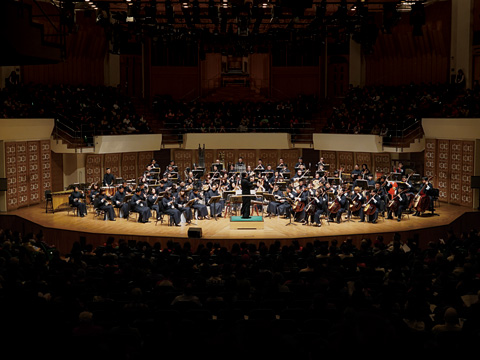
Concerts

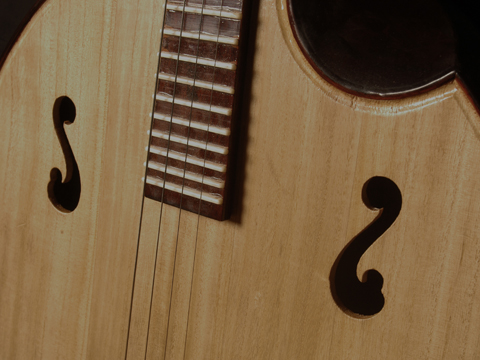
Education
The HKCO Orchestral Academy Hong Kong Youth Zheng Ensemble Hong Kong Young Chinese Orchestra Music Courses Chinese Music Conducting 賽馬會中國音樂教育及推廣計劃 Chinese Music Talent Training Scheme HKJC Chinese Music 360 The International Drum Graded Exam

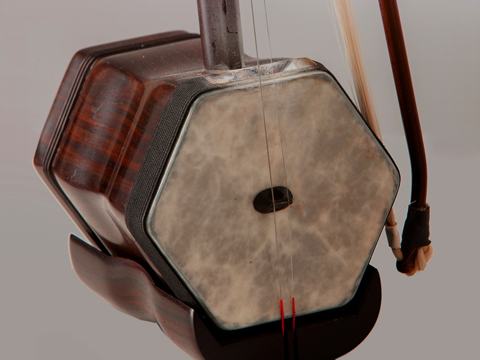
Instrument R&D
Eco-Huqins Chinese Instruments Standard Orchestra Instrument Range Chart and Page Format of the Full Score Configuration of the Orchestra
46th Orchestral Season
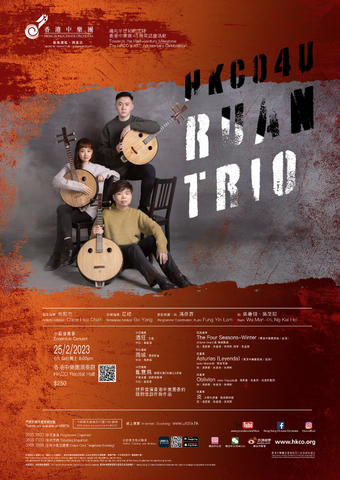
HKCO4U - Ruan Trio
Programme Coordinator, Ruan: Fung Yin Lam
Ruan: Wu Man-lin, Ng Kai Hei
Zhongruan Solo Jiu Kuang (Liquormania) Ancient Tune Scored for performance by Gong Yi
Zhongruan Solo The City in Rain Ho Man-hin
Zhongruan Solo Luan-Yun-Fei adapted from the Peking Opera Azalea Mountain Yu Huiyong Compiled by Lui Kwan-on
Ruan Ensemble Oblivion Astor Piazzolla Compiled by Fung Yin Lam,Wu Man-lin and Ng Kai Hei
Zhongruan and Percussion An Autumn Gathering by the Campfire Sui Lijun
Ruan and Yangqin The Four Seasons - Winter Antonio Vivaldi Arr. by Ng Kai Hei (Arrangement Commissioned by the HKCO / Premiere)
Ruan Ensemble Asturias (Leyenda) Isaac Albéniz Arr. by Chen Ting-fang (Arrangement Commissioned by the HKCO / Premiere)
Ruan Ensemble Homura Mizuno Toshihiko Transcribed by Huang Chun-shi
Ruan Ensemble Rhapsody of Salvador de Bahia Luk Wai-chun (Commissioned by the HKCO / World Premiere)
Originally published in Shenqi Mipu (The Mysterious, Fantastic Scores), this piece was composed by Ruan
Ji, one of the Seven Sages of the Bamboo Grove in the late Three Kingdoms period. As the Sima clan grew powerful during the decline of the kingdom of Wei, Ruan Ji protected himself from political intrigue by indulging in lots of wine and pretending to have lost his mind. This composition depicts those wild, drunken exploits.The tune fell out of popularity and did not become widely-known until it was transcribed by acclaimed guqin player Yao Bingyan. Today’s piece Jiu Kuang (Liquormania) uses a free-flowing rhythmic structure to capture the feeling of drunkenness.
Zhongruan Solo The City in Rain Ho Man-hin
A gentle life
The sense of suffocation numbs like anesthesia
Forgotten time
captivates people with a lingering warmth
Unable to escape the foam and dust
shrouded in a powdered blue dream
the scent of smoke wafting upward
The City in Rain is a solo for the zhongruan. This poem describes not a physical rain but a rain of the consciousness. The musical language of this piece attempts to find a balance between the modern
and the ancient as it explores the flow of ideas.
Luan-Yun-Fei is the major aria of the Peking opera Azalea Mountain. Borrowing a classic convention of this operatic style, the piece uses dynamic changes in meter to express complexities of human emotion as the storyline unfolds, creating a fresh take on an established technique.
One of the most famous tango compositions by Piazzolla, this piece describes the poignancy and sorrow of a slowly fading love. This adaptation for ruan ensemble emphasises the complex rhythms between the instruments of the original score, which creates a unique sound when interpreted through the playing techniques of the ruan.
Autumn in Northern China is cool, crisp and beautiful, with foliagein an amazing exploding in a rich variety of hues on the mountains.
The Mid-Autumn Festival is a festival of harvest. The Jurchen people, each with his or head adorned with colourful tree leaves, would sit amidst circles of lanterns lit with pine oils. Old people drink fierce liquors
in large bowls, while young men and women sing their songs of joy and celebration. Children happily hop around, and those who dance demonstrate various postures and movements which are uninhibited and passionate. This is a work that displays the rural people’s joy in a bumper harvest.
Italian composer Antonio Vivaldi once famously said “there are no words, it’s only music there.”
What was interesting, however, is that there were actually fourteen brief poems connected to his acclaimed violin composition The Four Seasons. These poems were provided to help the audience imagine the scenes depicted by the music.
The Four Seasons contains four violin concertos, Spring, Summer, Autumn, and Winter, each of which consists of three movements. This piece is adapted from the first movement of Winter, which uses rapidly descending scales to capture the feeling of a violent snowstorm, and the struggle to stay warm and fight off the cold while shivering uncontrollably.
This version has been arranged for the ruan, with the xiaoruan playing the violin solo, and the zhongruan and daruan playing the accompaniment. The yangqin also assumes the role of the harpsichord, to add a touch of baroque.
Originally titled Asturias, guitarists often refer to this piece as Leyenda, which translates from Spanish to mean “Legend”. This is why the Chinese name of this piece is usually written as The Legend of Asturias.
From 718-910 CE, Asturias (located in today’s northwestern Spain) was an independent Christian kingdom in the Iberian Peninsula populated by Visigoths. During the Reconquista period of Spanish history, many bloody battles were fought there. The music depicts the warfare of those times and the chaos of a raging battlefield.
Ruan Ensemble Homura Mizuno Toshihiko Transcribed by Huang Chun-shi
Transcribed from a composition by Minzuno Toshihiko, this piece combines East Asian scales and exciting rhythms to capture the feeling of shifting shadows around a flickering flame, and a scene of lively dancing.
Ruan Ensemble Rhapsody of Salvador de Bahia Luk Wai-chun
Salvador de Bahia of Brazil, the last destination of my fieldwork trip in South American in 2019, is the inspiration of this composition. It is the first capital of Brazil, also a beautiful coastal city. In the streets and
alleys of its historical centre - Pelourinho, people playing percussion, dancing capoeira and samba etc. every day.
Rhapsody of Salvador de Bahia shows the lively atmosphere and the passionate dancing of the street in the city. In the middle of the composition, it expresses the composer's reluctance at the end of the journey. In the latter of the music, composer portrays the lively atmosphere of the citizens dancing the capoeira in the square using extended technique of ruans. In this section, one zhongruan imitates the playing of the berimbau, while the other zhongruan and daruan imitate two dancing dancers to show the fun of the dance.
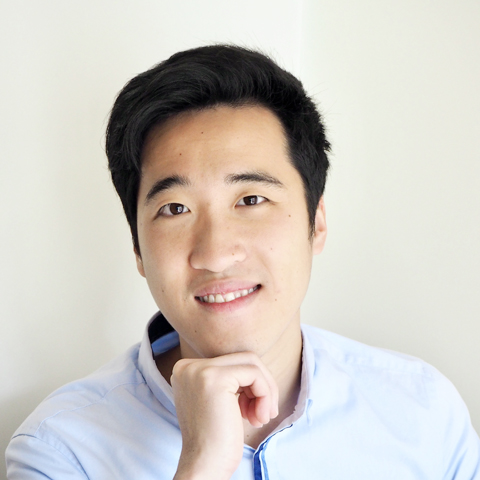 | Luk Wai-chun earned his Doctor of Music degree (D. Mus.) at The Chinese University of Hong Kong. He loves exploring different kinds of musical style. He went to the University of South Florida(USF) as a visiting scholar to study jazz music and conduct research on Latin American Music. Later, he traveled to Cuba, Peru, Bolivia and Brazil for conducting music fieldwork on Latin American music. During his doctoral study, Luk received various scholarships, including the Composers and Authors Society of Hong Kong Scholarship, the ICS Mok Hing Cheong Postgraduate Scholarship, and the Music Scholarship (Local Studies) from the Hong Kong Jockey Club Music and Dance Fund. Wai-Chun collaborated with different music groups, artists from various places, for example, Trey Lee, Zhang Ying, Hong Kong Chinese Orchestra, Windpipe Chinese Music Ensemble, Nanjing Chinese Orchestra, Ding Yi Music Company (Singapore), Ensemble Mise-en (USA), Red Chamber (Canada) and Tacet(i) Ensemble (Thailand), etc. His Chinese instrumental work Tan-Tiao Rock won the Gold Prize in Combination of Musical Instruments of the Same Category at 2021 ‘Dunhuang Award’ for Chinese Chamber Music, another pipa solo work Jazz Pipa earned the Silver Award in Dunhuang Award for New Works for Pipa Solo in 2017. Other compositions of Wai-Chun were featured at the 67th International Rostrum of Composers (Serbia), São Paulo Contemporary Composers Festival (Brazil), Hong Kong Contemporary Music Festival 2019, ISCM World New Music Days 2017 (Canada), and Intercultural Music Conference & Concert (USA). |
Your Support
Friends of HKCO
Copyright © 2025 HKCO
